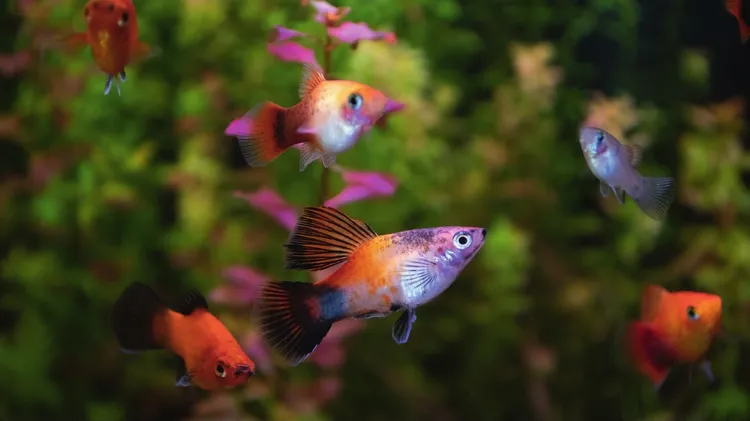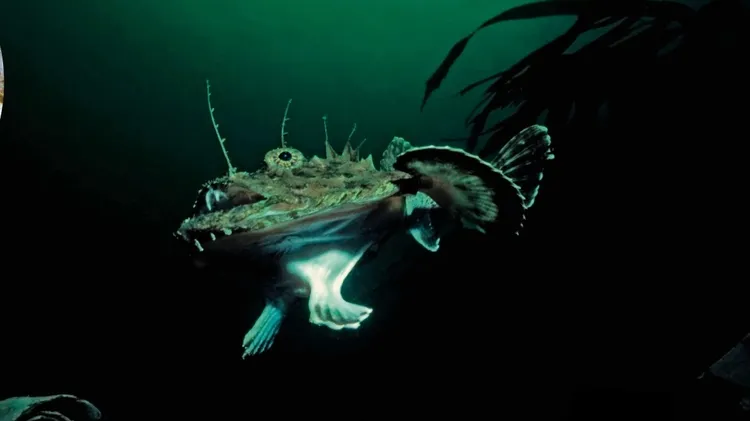We all know of the tiny shell-dwellers of Tanganyika. But how about a bigge
One hecq of a fish
6 min read
This article is from...
Read this article and 8000+ more magazines and newspapers on Readly






